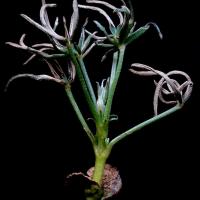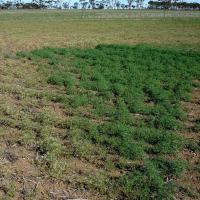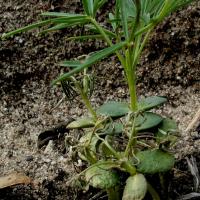| Triazines | Triazinones | Ureas | |||
| Chemical name | Example trade name | Chemical name | Example trade name | Chemical name | Example trade name |
| Simazine | Simazine® | Metribuzin | Sencor® | Diuron | Diuron® |
| Geasatop® | Lexone® | ||||
| Atrazine | Atrazine® | ||||






